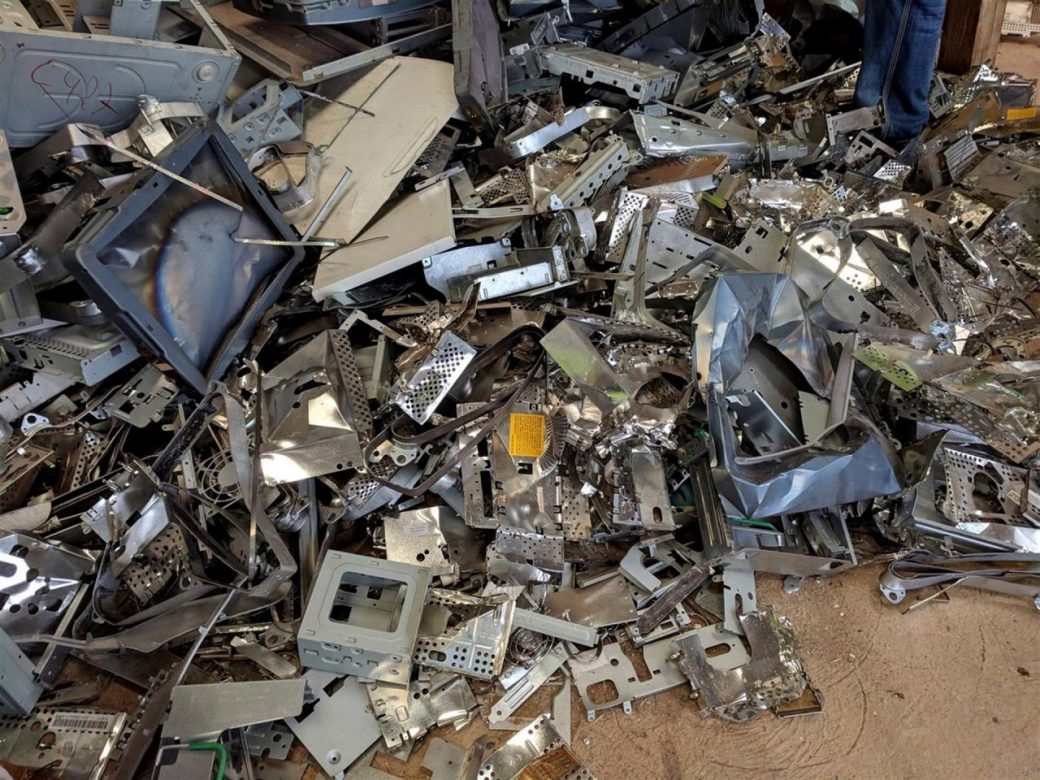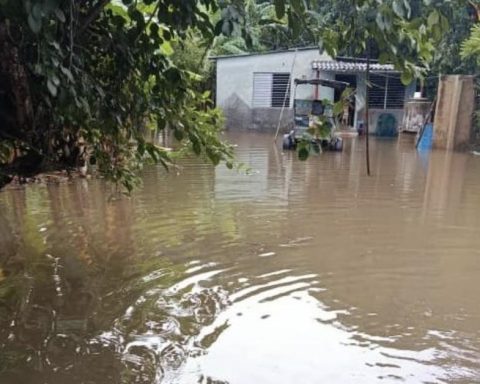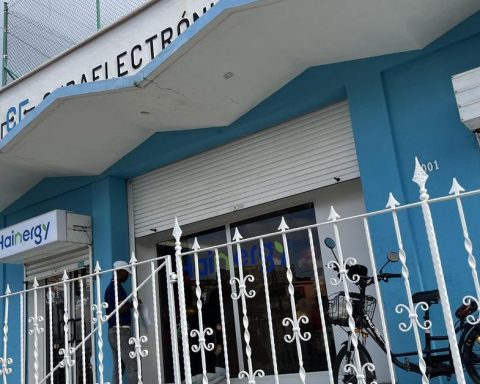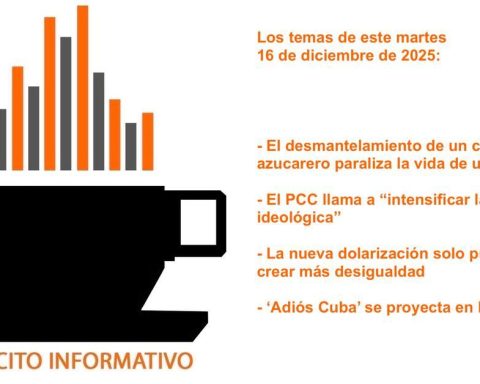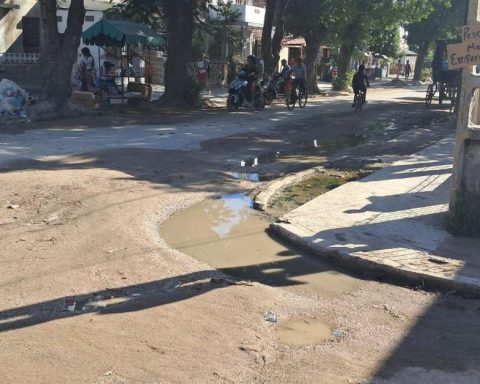According to a UN study, only 3% of electronic waste is adequately managed by the countries of the region.
TORONTO. Latin America lags far behind the rest of the world in collection and management adequate of the electronic trashaccording to the first study on this problem carried out by the UN and which reveals that, in 2019, 13 countries in the region generated 1.3 megatons of this type of waste.
The study, prepared by the Sustainable Cycles (SCYCLE) program of the United Nations University (UNU) and the United Nations Institute for Training and Research (UNITAR), estimates that only 3% of that electronic trash is properly managed in the countries of the region.
A percentage that is well below the world average of 17.4%.
The report, which studies the management of electronic waste in Argentina, Bolivia, Chile, Costa Rica, EcuadorEl Salvador, Guatemala, Honduras, Nicaragua, Panama, Peru, Uruguay and Venezuela, stresses that almost a third of electronic waste is plastic, which is a serious and potential problem for health and the environment.
In 2019 alone, the countries analyzed generated 380,000 tons of plastic from electronic trash. Of this amount, 31,000 tons contained Bromine Flame Retardants (BRF), a highly toxic product suspected of causing neurobehavioral and endocrine disorders.
Among the hazardous materials included in this electronic trash Also included are some 2,200 kilograms of mercury, 600 kilograms of cadmium, 4.4 million kilograms of lead, 4 million kilograms of brominated flame retardants, and 5.6 megatons of greenhouse gases.
In addition to their danger, waste represent a lost economic opportunity because, although there is a recycling informal part of the discarded materials, the landfills of the region are the final destination of thousands of tons of valuable components.
Kees Baldé, one of the authors of the study and a UN representative, explained to Efe that the electronic waste of the 13 countries analyzed contains 7,000 kilograms of gold, 310 kilograms of rare earth metals, 519 million kilograms of iron, 54 million kilos of copper and 91 million kilograms of aluminum.
Baldé estimated the value of these materials that end up in landfills and rubbish dumps at 1.7 billion dollars.
And the problem is growing. If in 2010 the region generated an average of 4.7 kilograms of electronic trash per inhabitant, in 2019, when the population of the 13 countries stood at 206 million people, the figure amounted to 6.7 kilograms.
This represents an increase of 142% in the generation of electronic trash in a decade, underscoring the study’s claim that this type of waste is “one of the flows of physical garbage fastest growing in the world today and a threat to sustainable development.
Carlos Hernández, project coordinator of the UN Industrial Development Organization (UNIDO) and who participated in the drafting of the study, told EFE that it is “the first x-ray” of the situation in the region, which makes the study “an baseline that will allow monitoring» of progress in the future.
For her part, Michelle Wagner, from UNITAR’s SCYCLE program and another of the authors of the study, told Efe that there is a growing “local monitoring” effort on the issue of electronic waste that will allow “creating more efficient strategies” in the future. EFE
